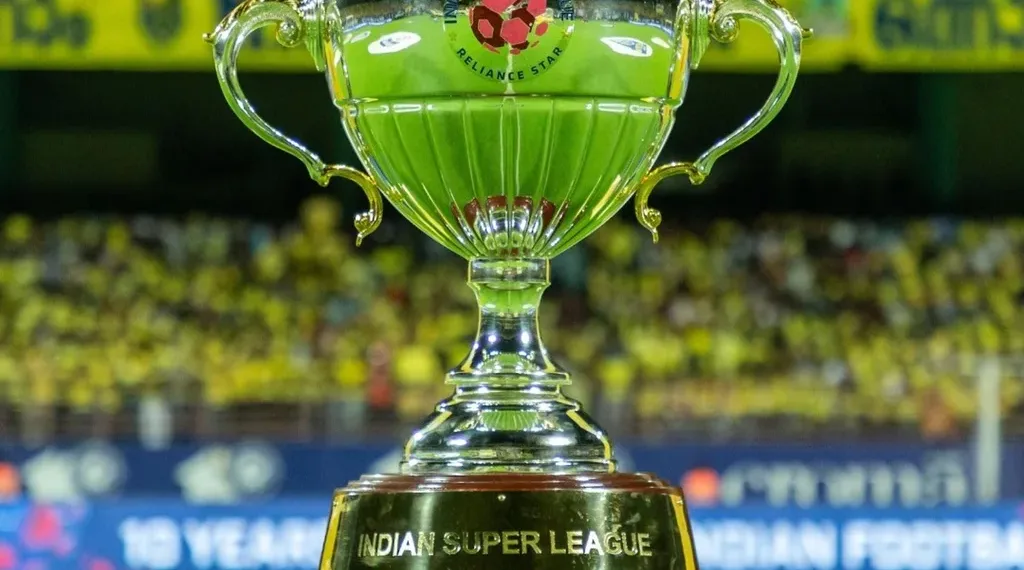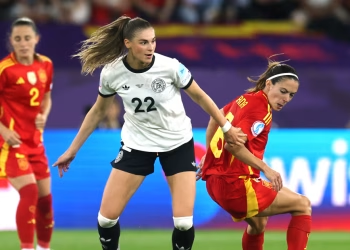Indian football stands at a critical juncture as the All India Football Federation (AIFF) scrambles to salvage the upcoming season. With the ISL 2025-26 campaign hanging in the balance due to legal complications, an emergency meeting between federation officials and club representatives could determine the fate of India’s premier football league.
Table of Contents
Crisis Unfolds: Supreme Court Directive Stalls Indian Football
The Indian football ecosystem finds itself in unprecedented turmoil as the Supreme Court’s directive has effectively barred the AIFF from negotiating fresh terms of the Master Rights Agreement (MRA) with Football Sports Development Limited (FSDL) until a final judgment is delivered in the AIFF draft constitution case.
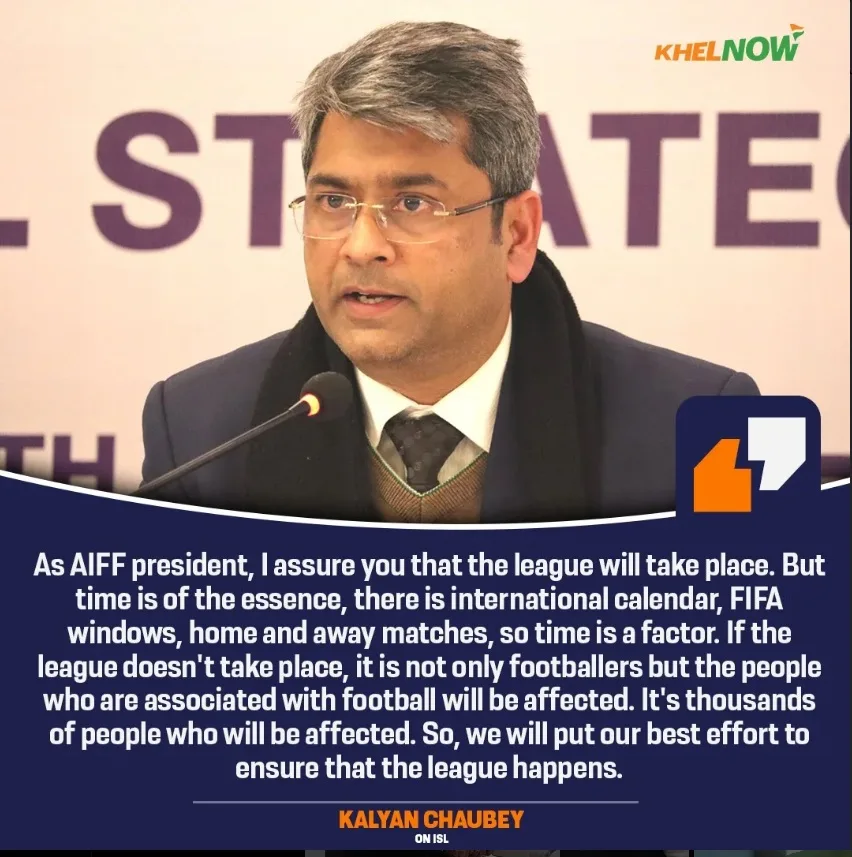
This legal impasse has created a domino effect across Indian football. The current MRA is scheduled to expire on December 8, 2025 – approximately one-third of the way through a typical ISL season, which runs from September to April. Without clarity on the agreement’s renewal, FSDL has been forced to make a difficult decision.
FSDL’s Unprecedented Decision
In July 2025, FSDL informed all clubs that it cannot proceed under the existing structure, prompting seven ISL clubs — including Bengaluru FC, FC Goa, and Mumbai City FC — to pull out of the Durand Cup 2025 and suspend their pre-season preparations.
The commercial partner’s position is clear: without contractual certainty, effective planning, organization, and commercialization of the upcoming season becomes impossible. This stance has sent shockwaves through the Indian football community.
AIFF’s Strategic Response: August 7 Meeting
Recognizing the gravity of the situation, the AIFF issued a letter on August 4, 2025, inviting officials of eight ISL clubs for a meeting in New Delhi on August 7. This step has been taken in response to the joint letter sent by the clubs on July 28 requesting for immediate action.
Key Attendees and Stakeholder Representation
The high-stakes meeting will feature prominent figures from Indian football:
Table 1: AIFF Meeting Attendees (August 7, 2025)
| Club | Representative | Position |
|---|---|---|
| Hyderabad FC | Dhruv Sood | CEO |
| Kerala Blasters FC | Abhik Chatterjee | CEO |
| NorthEast United FC | Mandar Tamhane | CEO |
| Jamshedpur FC | Mukul Choudhari | CEO |
| Bengaluru FC | Darren Caldeira | Director of Football |
| JSW Sports | Divyanshu Singh | CEO |
| Odisha FC | Raj Athwal | CEO |
| Punjab FC | Nitin Pant | General Manager |
| FC Goa | Ravi Puskur | CEO |
The MRA Controversy: Understanding the Stakes
The Master Rights Agreement represents far more than a commercial arrangement. According to the MRA, FSDL pays the AIFF Rs 50 crore annually, and in turn get the rights to broadcast, manage and commercialise Indian football, which also includes the national team.
Timeline of Failed Negotiations
Table 2: MRA Renewal Timeline
| Date | Event | Outcome |
|---|---|---|
| November 21, 2024 | AIFF initiates renewal discussions | Process started |
| February 5, 2025 | First formal meeting (New Delhi) | Preliminary talks |
| March 5, 2025 | Second meeting (Mumbai) | FSDL submits proposal |
| April 21, 2025 | AIFF counter-proposal | Negotiations continue |
| April 26, 2025 | Supreme Court observation | Talks suspended |
| July 11, 2025 | FSDL announces season on hold | Crisis deepens |
| August 7, 2025 | Emergency AIFF-Club meeting | Seeking resolution |
Clubs Unite: Unprecedented Joint Action
In a rare coordinated move, eight ISL clubs have jointly written to AIFF President Kalyan Chaubey, flagging serious operational concerns and urging immediate intervention. The letter, which was sent on July 29, 2025, was signed by Bengaluru FC, Jamshedpur FC, FC Goa, Hyderabad FC, Kerala Blasters, NorthEast United, Odisha FC and Punjab FC.
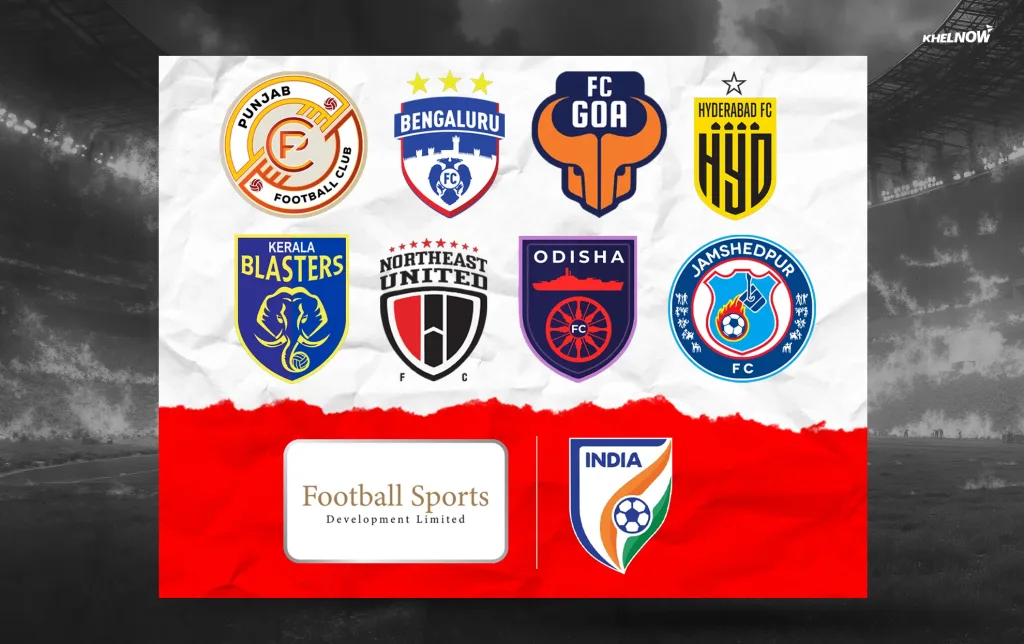
The clubs’ unified stance reflects the severity of the crisis. Their letter emphasized shared responsibility toward Indian football’s current status and direction, marking an unprecedented level of cooperation among traditionally competitive entities.
Odisha FC Takes Drastic Action
The situation reached a tipping point when Odisha FC became the first to take drastic action, suspending all existing contracts and putting a temporary halt to operations. The club, which won the Super Cup in 2024, said it could not continue without a clear picture of the league’s future.
This decision by the 2024 Super Cup winners has sent a clear message to stakeholders about the unsustainable nature of the current uncertainty.
Beyond ISL: National Team Implications
The crisis extends far beyond club football. With no active domestic calendar in place, Indian national team players could go into September’s CAFA Nations Cup 2025 and most importantly, October’s must-win AFC Asian Cup qualifiers against Singapore without any domestic football.
This timing creates a particularly challenging scenario for Indian football. “The biggest loser from the ISL delay is the Indian Football Team. When India play Singapore twice in October for the do-or-die AFC Asian Cup qualifiers, their players will have 45 days of competitive football and training behind them, as their league starts on 23 August. In contrast, most of the Indian players will have none,” a source tracking the situation told Khel Now.
FSDL’s Alternative Proposal
Amid the uncertainty, FSDL has floated a proposal to shift from a fixed-fee model to a profit-and-loss sharing structure, suggesting a new holding company where ISL clubs would own 60%, FSDL 26%, and AIFF 14%.
Table 3: Proposed New Structure
| Stakeholder | Current Model | Proposed Model |
|---|---|---|
| ISL Clubs | Revenue recipients | 60% ownership |
| FSDL | Full operational control | 26% ownership |
| AIFF | Fixed annual payment | 14% ownership |
| Structure | Separate entities | Unified holding company |
Presidential Assurance Amid Uncertainty
Despite the crisis, AIFF President Kalyan Chaubey has confirmed that the Indian Super League (ISL) will take place in the 2025-26 season, though it may face a delay. His assurance, however, comes with important caveats.
“If the league doesn’t take place, not only footballers but the people who are associated with football will be affected. Thousands of people will be affected. So, we will put our best effort to ensure that the league happens,” said Chaubey.
Constitutional Crisis: The Root Cause
The fundamental issue traces back to AIFF’s constitutional challenges. The Supreme Court commenced hearings in late March 2025 before they reserved the verdict for July 18, 2025. On the adoption of this new Justice Rao-prepared constitution, which introduces significant changes in tenure, age limits and representation of players.
The proposed constitutional changes include:
- Inclusion of at least five former national players (including two women) in the 14-member Executive Committee
- Removal of office bearers through a no-confidence motion
- Reduced voting power for state associations in the General Body
Economic Impact and Wider Implications
The suspension has created immediate financial consequences across the football ecosystem. Clubs have been forced to:
- Halt pre-season activities and training camps
- Suspend player recruitment and contract negotiations
- Freeze operational budgets and financial planning
- Withdraw from prestigious tournaments like the Durand Cup
Youth development programs have also suffered, with grassroots initiatives being shelved indefinitely. The ripple effects extend to coaches, support staff, stadium operations, and thousands of associated personnel.
Looking Ahead: Potential Scenarios
The August 7 meeting represents a crucial opportunity for stakeholders to chart a path forward. Several scenarios could emerge:
- Immediate Resolution: Supreme Court delivers verdict, enabling MRA renewal
- Delayed Season: League starts later than traditional September timeline
- Alternative Structure: Implementation of FSDL’s proposed ownership model
- Independent Operation: AIFF explores alternative organizational frameworks
The AIFF’s emergency meeting with ISL clubs on August 7, 2025, represents more than just crisis management—it’s about securing the future of Indian football. With the ISL 2025-26 season hanging in the balance, stakeholders must navigate complex legal, financial, and operational challenges to preserve India’s premier football competition.
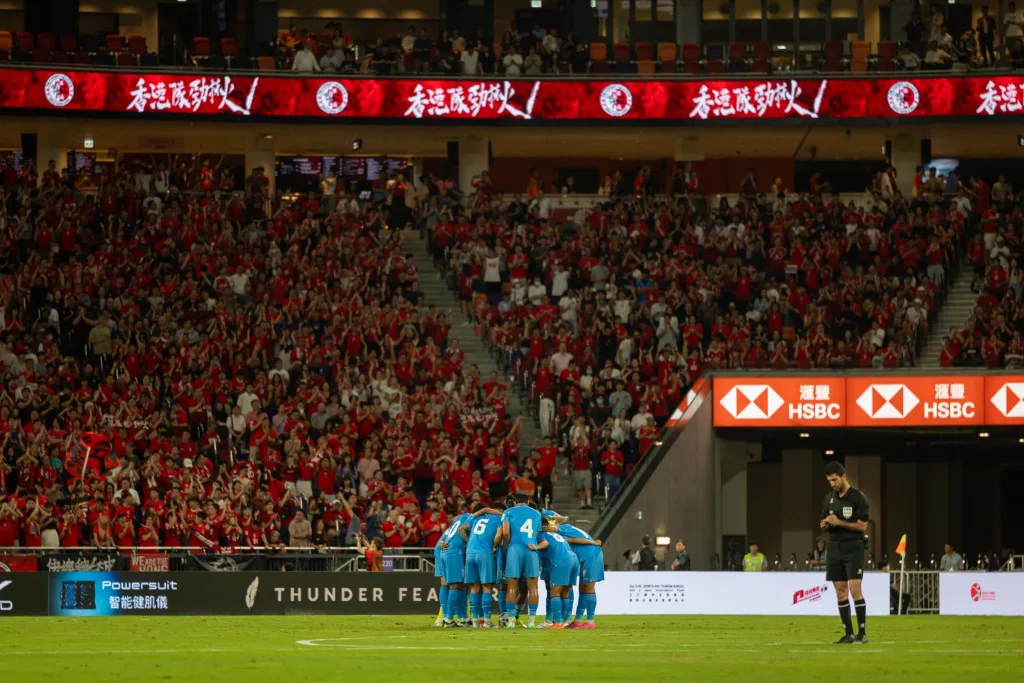
The outcome of this high-stakes meeting could determine whether Indian football emerges stronger from this crisis or faces an extended period of uncertainty. As fans, players, and the entire football ecosystem await developments, the hope remains that collaborative efforts will prevail over legal complications.
The next few days will be crucial in determining whether the beautiful game continues to flourish in India or faces an unprecedented setback that could take years to overcome.
Read More: Suryakumar Yadav Begins Intensive Recovery at NCA Ahead of Crucial Asia Cup 2025
FAQs
Why has the AIFF called an emergency meeting with ISL clubs?
The AIFF has called the meeting to address mounting concerns from eight ISL clubs regarding the uncertain future of the 2025-26 season, which has been put on hold due to the Supreme Court’s directive preventing Master Rights Agreement renewal discussions with FSDL.
What is the Master Rights Agreement and why is it crucial?
The MRA is a 15-year contract between AIFF and FSDL worth Rs 50 crore annually, giving FSDL rights to broadcast, manage, and commercialize Indian football including the ISL and national team. It expires on December 8, 2025, during the middle of the typical ISL season.
Which clubs are attending the August 7 meeting?
Eight clubs will be represented: Bengaluru FC, FC Goa, Jamshedpur FC, Hyderabad FC, Kerala Blasters, NorthEast United, Odisha FC, and Punjab FC. Notably, defending champions Mohun Bagan Super Giant and other clubs are not part of this meeting.
How has the crisis affected the Indian national team?
The delay means Indian players could enter crucial AFC Asian Cup qualifiers against Singapore in October without any domestic football preparation, while Singapore’s players will have 45 days of competitive football behind them.
What alternative solutions are being proposed?
FSDL has suggested a new profit-sharing model with a holding company structure where ISL clubs would own 60%, FSDL 26%, and AIFF 14%, moving away from the current fixed-fee arrangement to a collaborative ownership approach.

